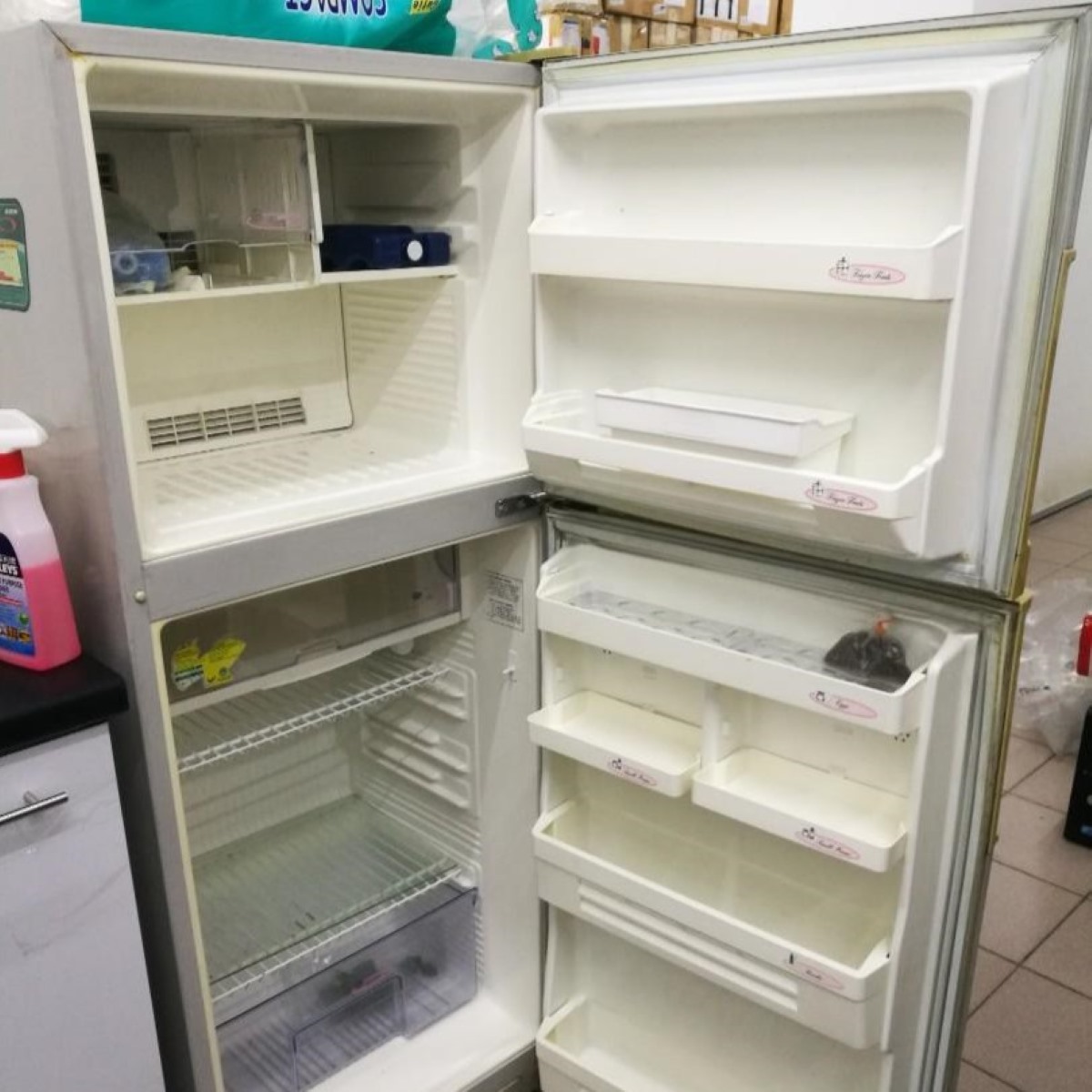

Articles
How To Store An Unused Refrigerator
Modified: February 20, 2024
Learn how to properly store an unused refrigerator with these informative articles. Keep your appliance in top condition and avoid any potential damage.
(Many of the links in this article redirect to a specific reviewed product. Your purchase of these products through affiliate links helps to generate commission for Storables.com, at no extra cost. Learn more)
Introduction
Storing an unused refrigerator requires proper preparation and care to ensure its longevity and functionality when it is needed again. Whether you are moving to a new home, renovating your kitchen, or simply keeping a spare appliance, storing a refrigerator correctly is essential to avoid damage and costly repairs in the future.
In this article, we will guide you through a step-by-step process on how to store an unused refrigerator. From cleaning and defrosting to securing and monitoring the storage area, we will cover all the necessary precautions you should take to keep your refrigerator in pristine condition during its downtime.
Before proceeding with storing your refrigerator, it is important to note that certain precautions may vary depending on the specific model and manufacturer recommendations. Always refer to the appliance’s user manual for any instruction specific to your refrigerator.
Now, let’s dive into the detailed steps and guidelines to properly store your unused refrigerator.
Key Takeaways:
- Properly storing an unused refrigerator involves thorough cleaning, defrosting, and securing the appliance to prevent damage and maintain its longevity. Choosing a suitable storage location and monitoring the storage area are crucial for its well-being.
- When preparing to use the stored refrigerator again, ensure a smooth transition by cleaning, reconnecting accessories, allowing for stabilization, and monitoring for potential issues. Following these steps will help avoid complications and damage.
Read more: How To Store Unused Refrigerator
Step 1: Cleaning the Refrigerator
The first step in preparing your refrigerator for storage is to thoroughly clean it. Start by removing all the food items from the fridge and freezer compartments. Dispose of any expired or perishable items and transfer any remaining items to a temporary cooler with ice packs.
Next, unplug the refrigerator from the power source and remove all removable shelves, drawers, and trays. Wash them with warm soapy water and let them air dry. Use a mild detergent or a mixture of vinegar and water to clean the interior of the refrigerator. Pay special attention to the corners, edges, and rubber door gaskets. Wipe down the walls, shelves, and drawers to remove any spills or sticky residue.
Once the interior is clean, move on to the exterior. Use a damp cloth or sponge to wipe down the exterior surfaces of the refrigerator, including the door handles and control panel. If there are any stubborn stains or fingerprints, you can use a mild cleaner or stainless steel cleaner specifically designed for appliances.
After cleaning, make sure to dry the interior and exterior of the refrigerator thoroughly to prevent the growth of mold and mildew. Leave the refrigerator door open for ventilation and allow it to air dry completely before moving on to the next step.
Step 2: Removing All Contents
Before storing your refrigerator, it is crucial to remove all contents from both the fridge and freezer compartments. This includes food items, ice trays, and any other items that may be stored inside.
Start by taking out all the perishable food items and discarding anything that has passed its expiration date. Sort through the remaining items and consider donating any unopened and non-perishable items to local food banks or charities.
Next, remove the ice trays or ice maker components from the freezer section. Empty and discard any ice cubes and wash the ice trays with warm soapy water. Make sure they are completely dry before storing them separately. If your refrigerator has a water filter, check the manufacturer’s instructions on how to properly remove and store it.
Removing all contents from the refrigerator not only helps prevent spoilage and odor during storage but also reduces the weight and potential damage to the appliance. It is important to start with a completely empty refrigerator before moving on to the next steps.
Step 3: Defrosting the Freezer
Before storing your refrigerator, it is essential to defrost the freezer compartment to prevent the buildup of ice and avoid potential damage to the appliance.
To defrost the freezer, start by unplugging the refrigerator from the power source. This will ensure safety and prevent any electrical shocks during the defrosting process.
Next, open the freezer door and remove any items that may be stored inside. Place towels or a large container underneath the freezer to catch the melting ice and water.
Allow the freezer to thaw naturally or expedite the process by using a hairdryer set on low heat. Keep the hairdryer at a safe distance from the freezer walls to avoid overheating or damaging the appliance. Take care not to get any water or moisture near the hairdryer to prevent electrical hazards.
Once the ice has melted, use a cloth or sponge to wipe down the interior of the freezer and remove any remaining water. Make sure to dry the freezer thoroughly to prevent the formation of new ice before storage.
It is important to note that defrosting times may vary depending on the thickness of the ice buildup and the ambient temperature. Allow sufficient time for the freezer to thaw completely before moving on to the next steps.
Step 4: Disconnecting the Refrigerator
Disconnecting the refrigerator properly is crucial to ensure the safety of the appliance during storage. Follow these steps to disconnect your refrigerator:
- Unplug the refrigerator from the power source. Locate the power cord at the back of the appliance and carefully remove it from the electrical outlet.
- Disconnect any water supply lines, if applicable. Some refrigerators may be connected to a water source for ice makers or water dispensers. Refer to the manufacturer’s instructions to safely disconnect the water supply line.
- If your refrigerator has a built-in water filter, locate it and follow the manufacturer’s instructions to safely remove it.
- Remove any accessories or detachable parts. This may include temperature control panels, glass shelves, or storage bins. Take note of where each part is stored to facilitate reassembly in the future.
By properly disconnecting the refrigerator, you minimize the risk of damage to the power cord or water lines and ensure a smooth transition into storage.
It is essential to carefully wrap and secure any loose cords or water supply lines to prevent them from tangling or getting damaged during transportation and storage.
Read more: How To Store Unused Biscuit Dough
Step 5: Securing the Doors
Securing the doors of your refrigerator is important to prevent them from opening during transportation or storage. Improperly secured doors can cause damage to the hinges or result in the doors swinging open unexpectedly, potentially causing injury or damage to nearby objects.
Follow these steps to ensure the doors are securely closed:
- Inspect the door gaskets and seals for any signs of wear or damage. Replace them if necessary, as a proper seal is essential to maintain the refrigerator’s temperature.
- Carefully clean the door gaskets and seals with warm soapy water to remove any debris or stickiness. Dry them thoroughly before proceeding.
- Once the gaskets are clean and dry, apply a thin layer of petroleum jelly or silicone lubricant to help maintain the flexibility and integrity of the seals. This prevents them from drying out and cracking during storage.
- Close the refrigerator doors slowly and ensure they are properly aligned. If the doors require adjustment, refer to the refrigerator’s user manual for instructions on proper alignment.
- Use bungee cords, ropes, or straps to secure the doors tightly. Wrap the cords around the refrigerator body or use hooks or anchors to keep them in place. Make sure the cords are tight enough to prevent the doors from opening but not so tight that they cause damage to the appliance.
By securing the doors properly, you ensure that your refrigerator remains closed and protected during transportation and storage, avoiding any potential damage or accidents.
To store an unused refrigerator, clean and defrost it thoroughly. Leave the door slightly ajar to prevent mold and mildew growth. Place a box of baking soda inside to absorb any odors.
Step 6: Wrapping the Refrigerator
Properly wrapping your refrigerator provides an additional layer of protection against dust, scratches, and other potential damage during storage. Follow these steps to wrap your refrigerator:
- Start by cleaning the exterior surface of the refrigerator one more time to ensure there is no dirt or residue left.
- Use a soft, clean cloth or towel to dry the exterior of the refrigerator thoroughly.
- Wrap the refrigerator with a breathable material such as a thick blanket or moving blanket. This will help protect it from dust while allowing air circulation to prevent moisture buildup.
- Secure the blanket with stretch wrap or durable tape to keep it in place. Make sure it is tight enough to prevent the blanket from slipping off but not so tight that it causes any damage to the refrigerator’s surface.
- If you are planning to store the refrigerator for an extended period or in a location with potential temperature fluctuations, consider using an insulated moving blanket or bubble wrap to provide additional insulation.
When wrapping the refrigerator, pay special attention to the corners, edges, and vulnerable areas such as the doors and control panel. These areas are more susceptible to dents and scratches.
By wrapping your refrigerator with protective material, you minimize the risk of cosmetic damage and maintain its appearance while in storage.
Step 7: Choosing a Suitable Storage Location
Selecting an appropriate storage location for your refrigerator is crucial to ensure its safety and optimal performance during the period of non-use. Here are some factors to consider when choosing a storage location:
- Temperature and Humidity: Choose a storage area with a stable temperature and low humidity. Extreme temperatures can damage the refrigerator’s components, while high humidity can lead to the growth of mold and mildew. Aim for a storage location with a temperature between 50-80 degrees Fahrenheit (10-27 degrees Celsius) and a humidity level below 60 percent.
- Well-Ventilated Area: Avoid storing your refrigerator in a tight or enclosed space. Ensure that there is adequate ventilation to prevent heat buildup and promote air circulation.
- Away from Direct Sunlight: Exposure to direct sunlight can cause discoloration and deterioration of the refrigerator’s exterior. Choose a storage location away from windows or other sources of direct sunlight.
- Stable Flooring: Place your refrigerator on a stable and level surface to prevent it from tipping over or getting damaged. Avoid storing it on uneven or inclined surfaces.
- Free from Hazards: Ensure that the storage area is free from potential hazards such as water leaks, pests, or sharp objects that could pose a risk to the refrigerator.
- Accessibility: Consider the accessibility of the storage location. If you may need to retrieve the refrigerator before the intended storage duration, ensure that the location allows for easy access.
By carefully selecting a suitable storage location, you can maintain the integrity of your refrigerator and ensure its readiness for future use.
Step 8: Keeping the Refrigerator Elevated
Elevating your refrigerator off the ground during storage is important to protect it from moisture and potential damage. Here’s how to properly elevate your refrigerator:
- Select a sturdy and stable platform for the refrigerator. This can be a set of wooden pallets, cinder blocks, or a metal stand specifically designed for appliances.
- Ensure that the platform is level and secure. This will prevent the refrigerator from rocking or shifting during storage.
- Place the refrigerator on top of the chosen platform, ensuring that it sits evenly and securely.
- If using wooden pallets or cinder blocks, make sure they are clean and free from any debris that could potentially scratch the bottom of the refrigerator.
- Elevating the refrigerator allows for better airflow and prevents moisture buildup, which can lead to the growth of mold and mildew. It also provides protection against potential water leaks or spills on the storage area floor.
By keeping the refrigerator elevated, you can help maintain its integrity and ensure its longevity during the period of non-use.
Read more: How To Store Unused Caulk
Step 9: Monitoring the Storage Area
Monitoring the storage area where your refrigerator is kept is essential to ensure its safety and prevent any issues that may arise during storage. Here are some important considerations:
- Regular Inspections: Regularly check the storage area for any signs of water leaks, pests, or other potential hazards. Address any issues promptly to prevent damage to the refrigerator.
- Temperature and Humidity: Monitor the temperature and humidity levels in the storage area periodically. Extreme temperatures or high humidity can negatively affect the refrigerator’s performance and condition. Use a thermometer and a hygrometer to keep track of these levels.
- Security: Ensure that the storage area is secure and inaccessible to unauthorized individuals. This will help prevent tampering or accidental damage to the refrigerator.
- Cleanliness: Keep the storage area clean and free from debris. Regularly sweep or vacuum the area to prevent dust buildup and the presence of pests.
- Accessibility: If the refrigerator needs to remain in storage for an extended period, make sure that you can easily access the storage area if needed. Consider the logistics and plan accordingly.
By actively monitoring the storage area, you can catch any potential issues early on and take necessary actions to preserve the condition of your refrigerator.
Step 10: Preparing for Future Use
When the time comes to use your stored refrigerator again, it is important to take certain steps to ensure its smooth transition back into operation. Follow these guidelines:
- Clean the refrigerator thoroughly: Before plugging in the refrigerator, clean the interior and exterior surfaces to remove any dust or debris that may have accumulated during storage. Use mild detergent or a mixture of vinegar and water to clean the interior, and wipe down the exterior with a damp cloth.
- Reconnect water supply lines and accessories: If your refrigerator has a water supply line or accessories such as an ice maker or water dispenser, carefully reconnect them according to the manufacturer’s instructions.
- Allow the refrigerator to stabilize: After plugging in the refrigerator, allow it to stabilize for at least 24 hours before loading it with food. This allows the appliance to reach its optimal temperature and ensures proper functioning.
- Check for any potential issues: During the stabilization period, monitor the refrigerator for any unusual noises, leaks, or performance issues. If you notice any problems, consult the user manual or contact a professional for assistance.
- Restock the refrigerator: Once the refrigerator has stabilized, you can start restocking it with food items. Take care not to overload the shelves and maintain proper airflow inside the refrigerator for optimal cooling.
By following these steps, you can ensure that your refrigerator is prepared for future use and avoid any potential complications or damage.
Conclusion
Properly storing an unused refrigerator is essential to maintain its condition and ensure its functionality when you need it again. By following the steps outlined in this article, you can ensure that your refrigerator remains in optimal condition during its downtime.
From cleaning and defrosting to securing the doors and choosing a suitable storage location, each step plays a crucial role in protecting your refrigerator from damage and maintaining its longevity. Taking the time to properly clean the refrigerator, remove all contents, defrost the freezer, and disconnect the appliance will help prevent issues such as mold, odors, and electrical damage.
Securing the doors, wrapping the refrigerator with a protective covering, keeping it elevated, and monitoring the storage area are all important steps to prevent dust, moisture, pests, or other potential hazards from affecting your stored refrigerator. Additionally, staying attentive to the storage area’s temperature and humidity levels is crucial for the appliance’s overall well-being.
Lastly, when the time comes to use your refrigerator again, taking the necessary steps to prepare it for future use, such as cleaning, reconnecting accessories, and allowing for stabilization, will ensure a smooth transition back into operation.
Remember, always refer to your refrigerator’s user manual for specific instructions on storage and care, as different models may have unique requirements. By properly storing your unused refrigerator, you can prolong its lifespan, maintain its efficiency, and ultimately save yourself from potential repair costs in the future.
So, take the time and effort to store your refrigerator correctly, and you’ll be rewarded with a well-preserved appliance that is ready to serve you again when needed.
Frequently Asked Questions about How To Store An Unused Refrigerator
Was this page helpful?
At Storables.com, we guarantee accurate and reliable information. Our content, validated by Expert Board Contributors, is crafted following stringent Editorial Policies. We're committed to providing you with well-researched, expert-backed insights for all your informational needs.

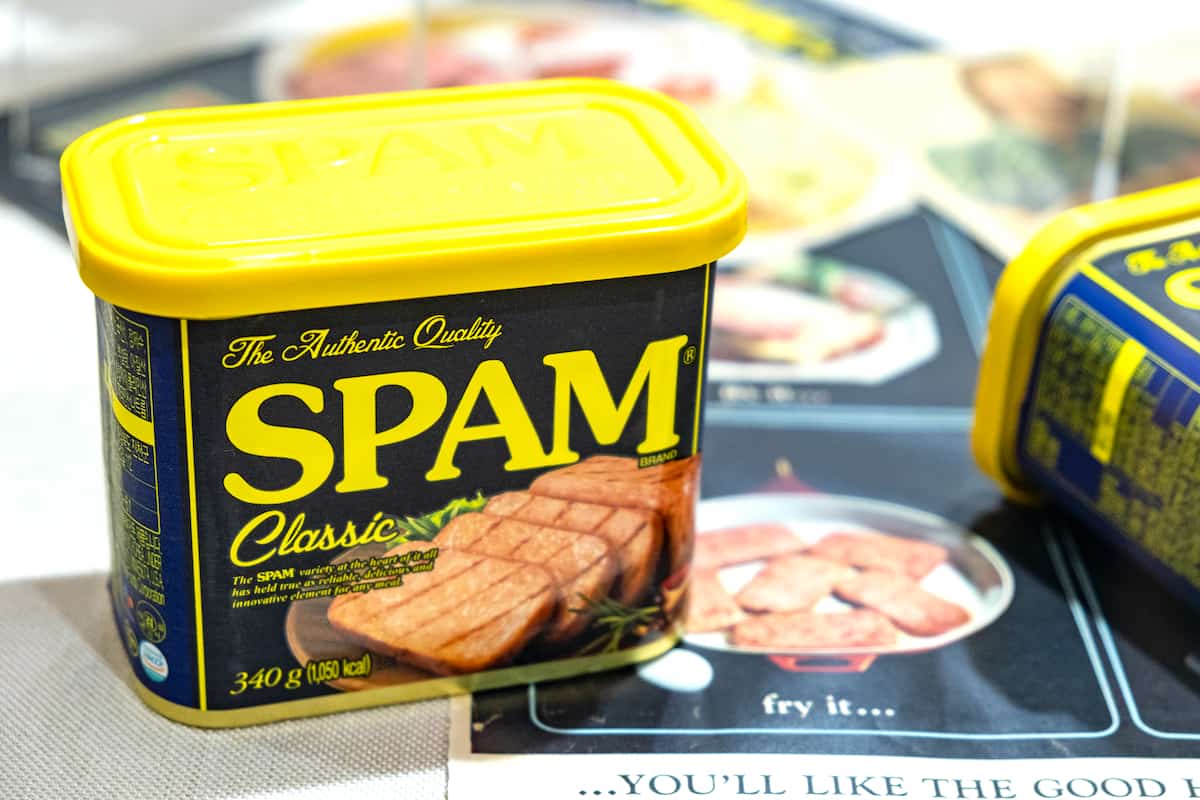
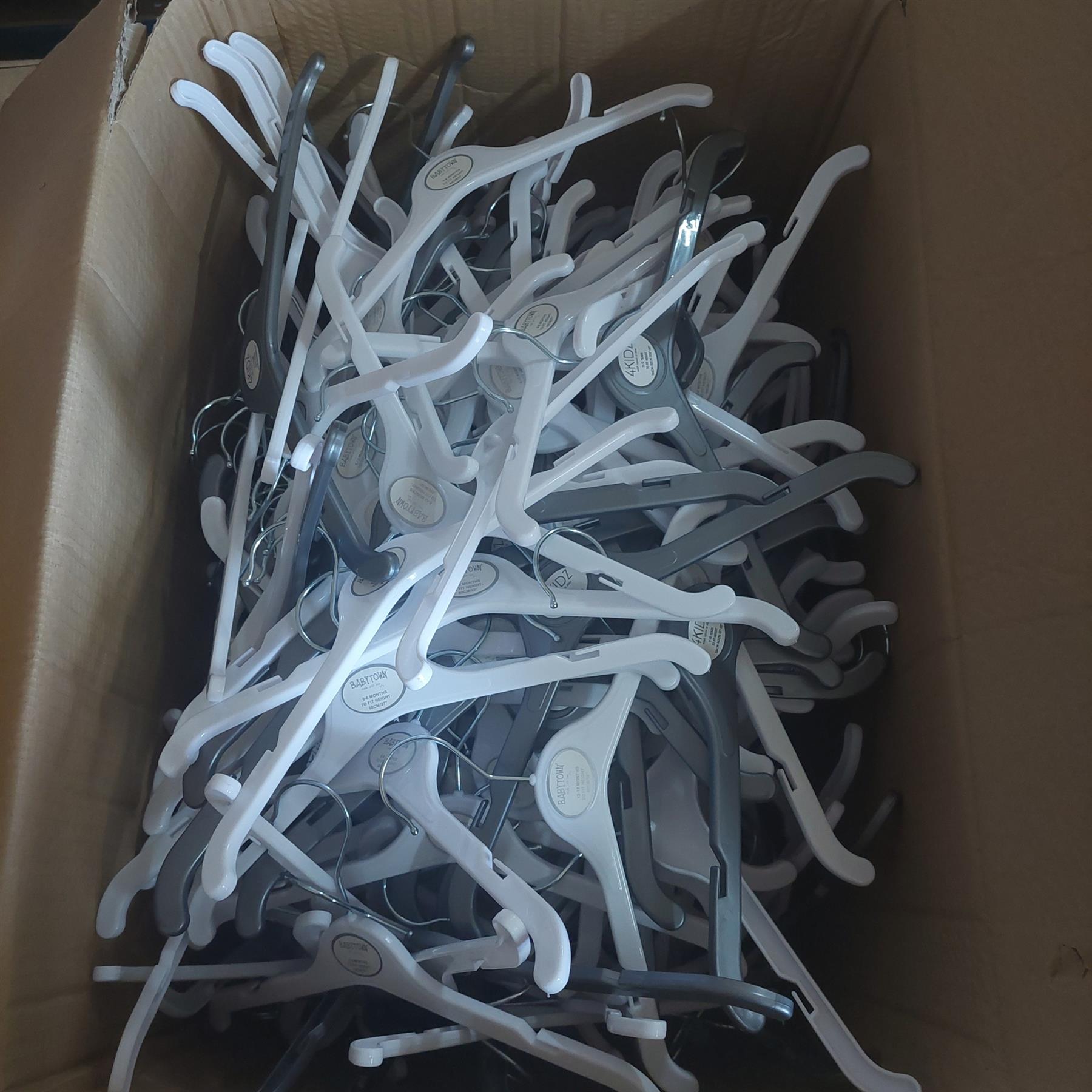
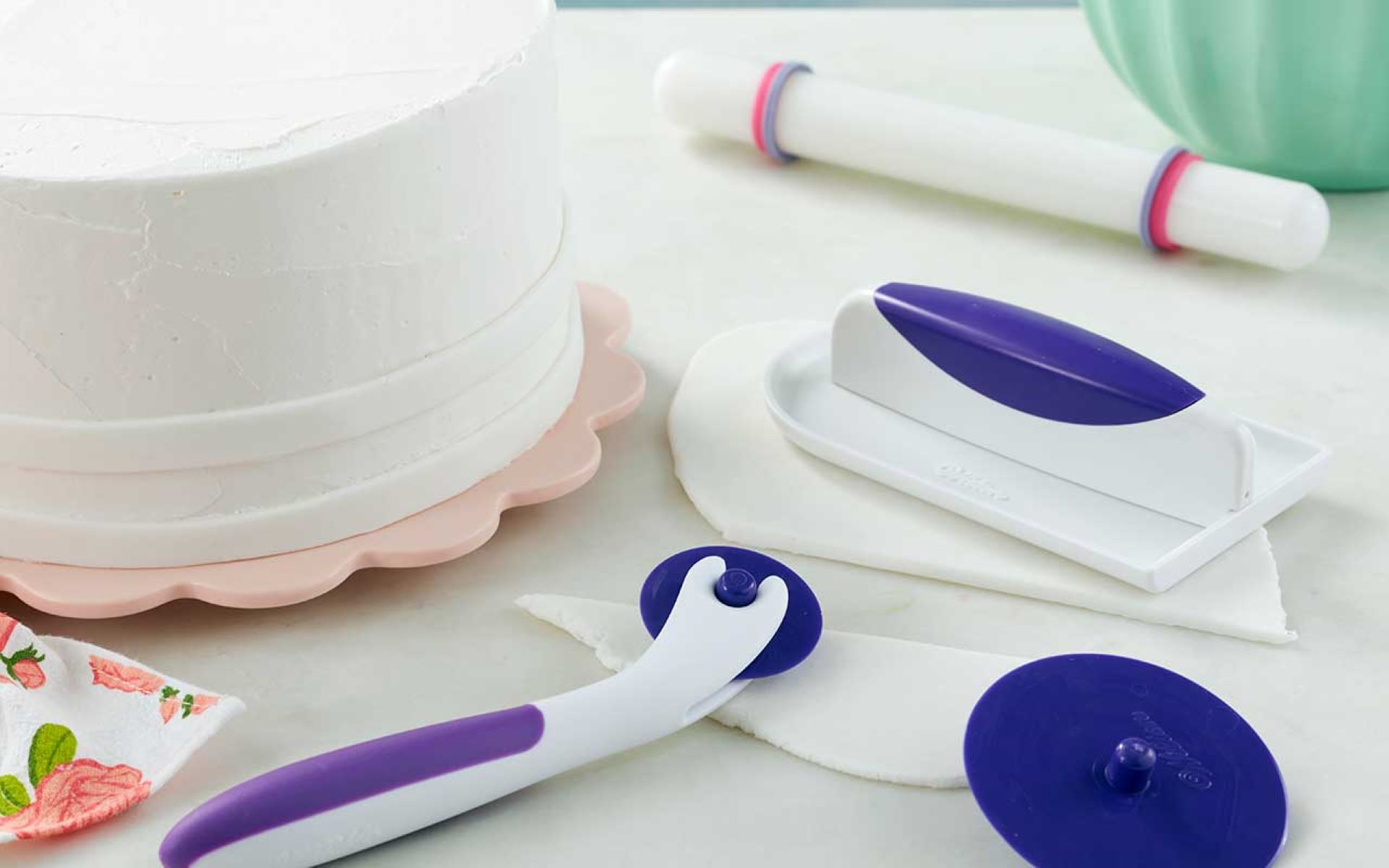

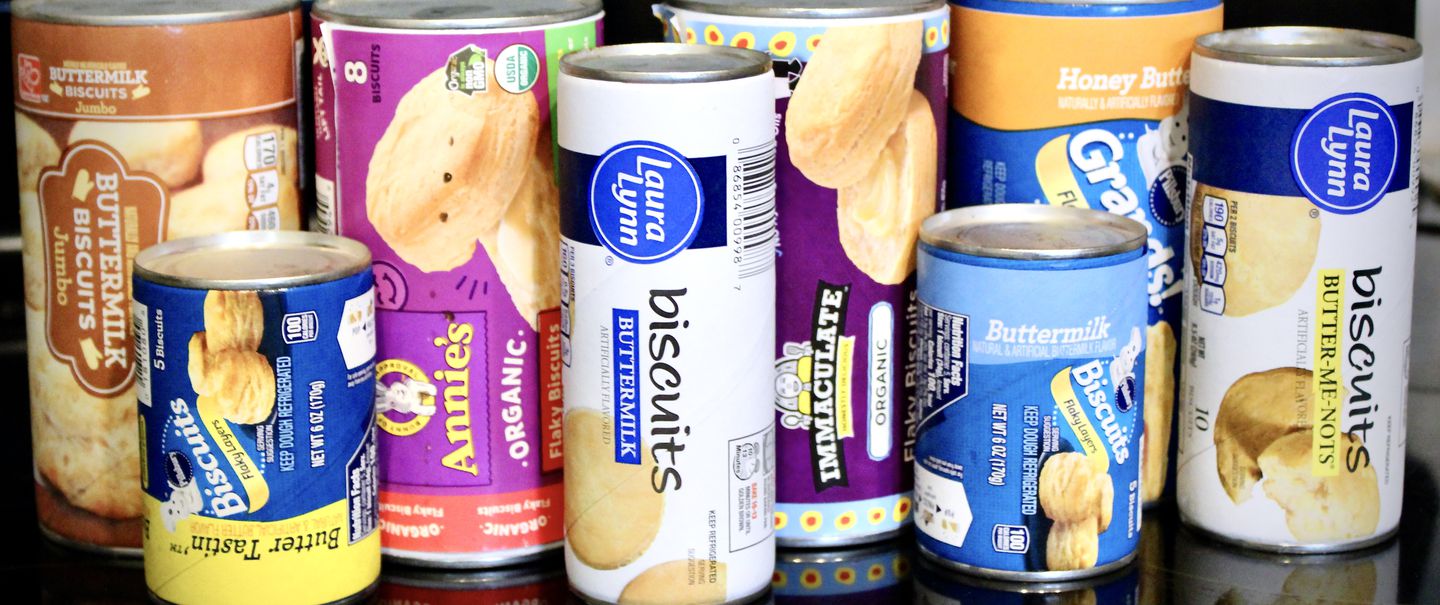
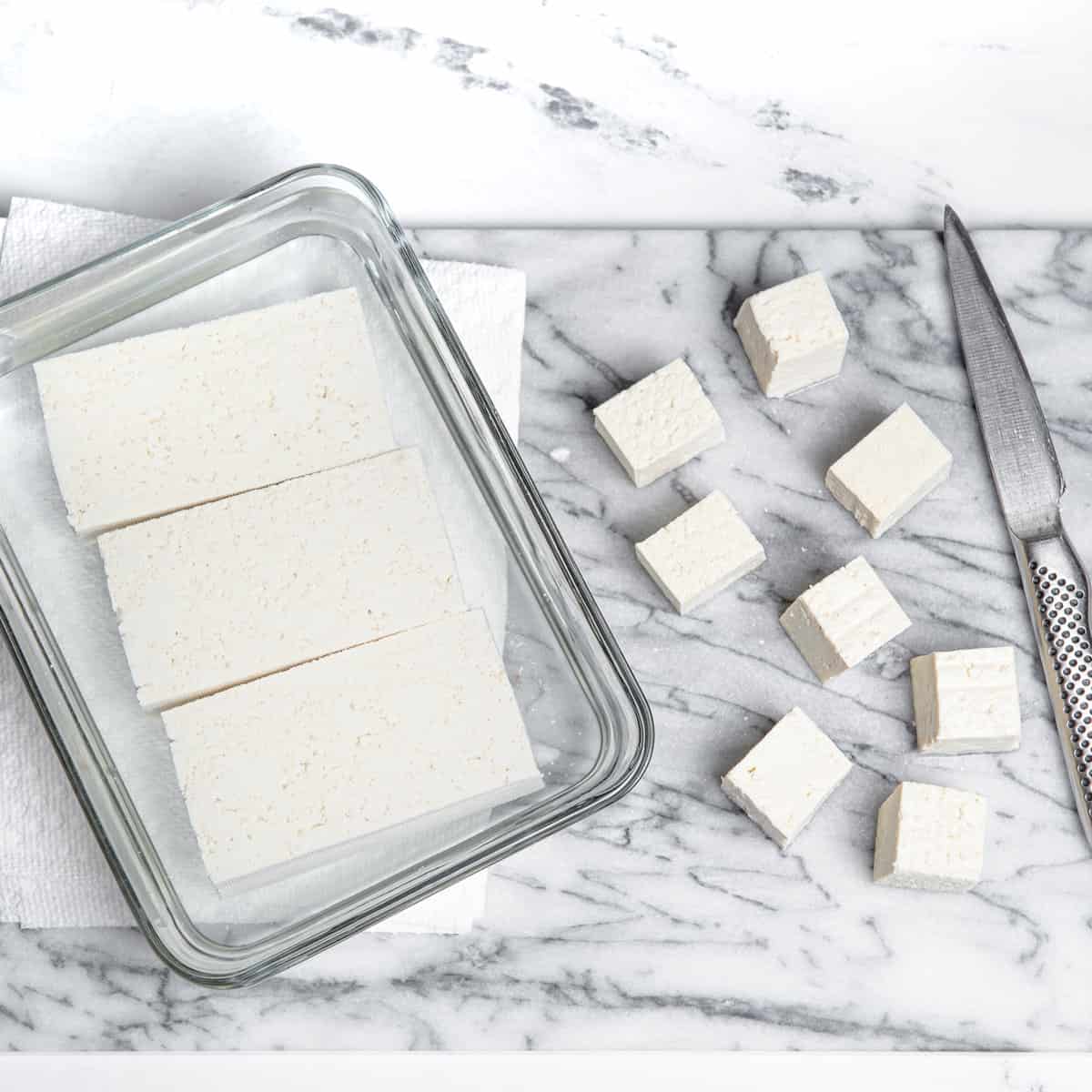







0 thoughts on “How To Store An Unused Refrigerator”